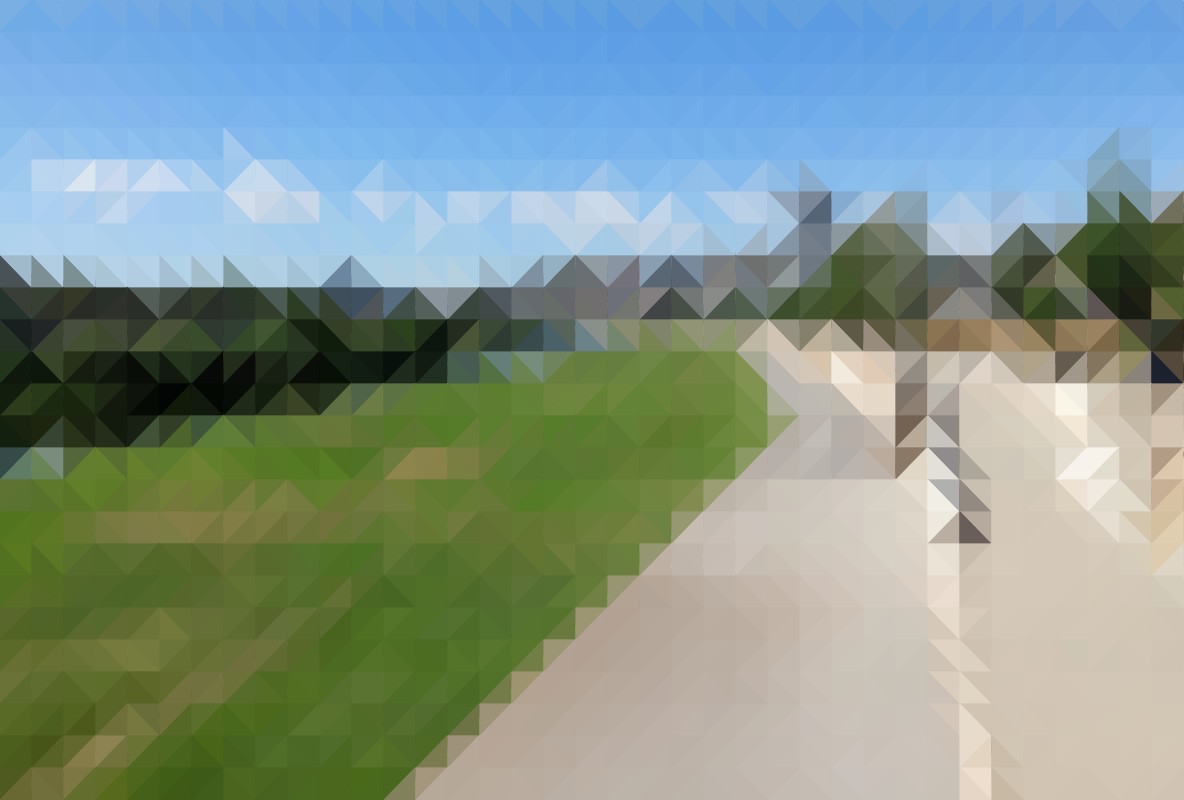The promotion of physical activity through better urban design is one pathway by which health and well-being improvements can be achieved. This study found that the regeneration of a riverside park in the outskirts of Barcelona has had considerable positive impacts on the health of the local population.
Data on park usage, demography and published studies on the effects of physical activity and a variety of health outcomes were combined using the novel “Blue Active Tool”, with the aim of quantifying health and health-related economic impacts associated with physical activity in the Besòs Riverside Park.
More than five thousand adults visit the park daily and we found that they performed different types of physical activity (walking for leisure or to/from work, cycling, and running).
Benefits to health were estimated in terms of death from all causes and a number of illnesses related to physical activity (heart disease, stroke, diabetes, cancers of the colon and breast, and dementia). Two different metrics were used to integrate the impacts through death and illness: disability-adjusted life years (DALYs) and health costs.
The annual impact of the physical activity carried out in the park was found to be around seven deaths avoided and six additional cases of disease, corresponding to almost twelve DALYs. On this basis, the authors recommended that nature-based urban planning solutions such as regeneration of urban riversides should be used to improve urban health and well-being, especially via the mechanism of increased physical activity.








